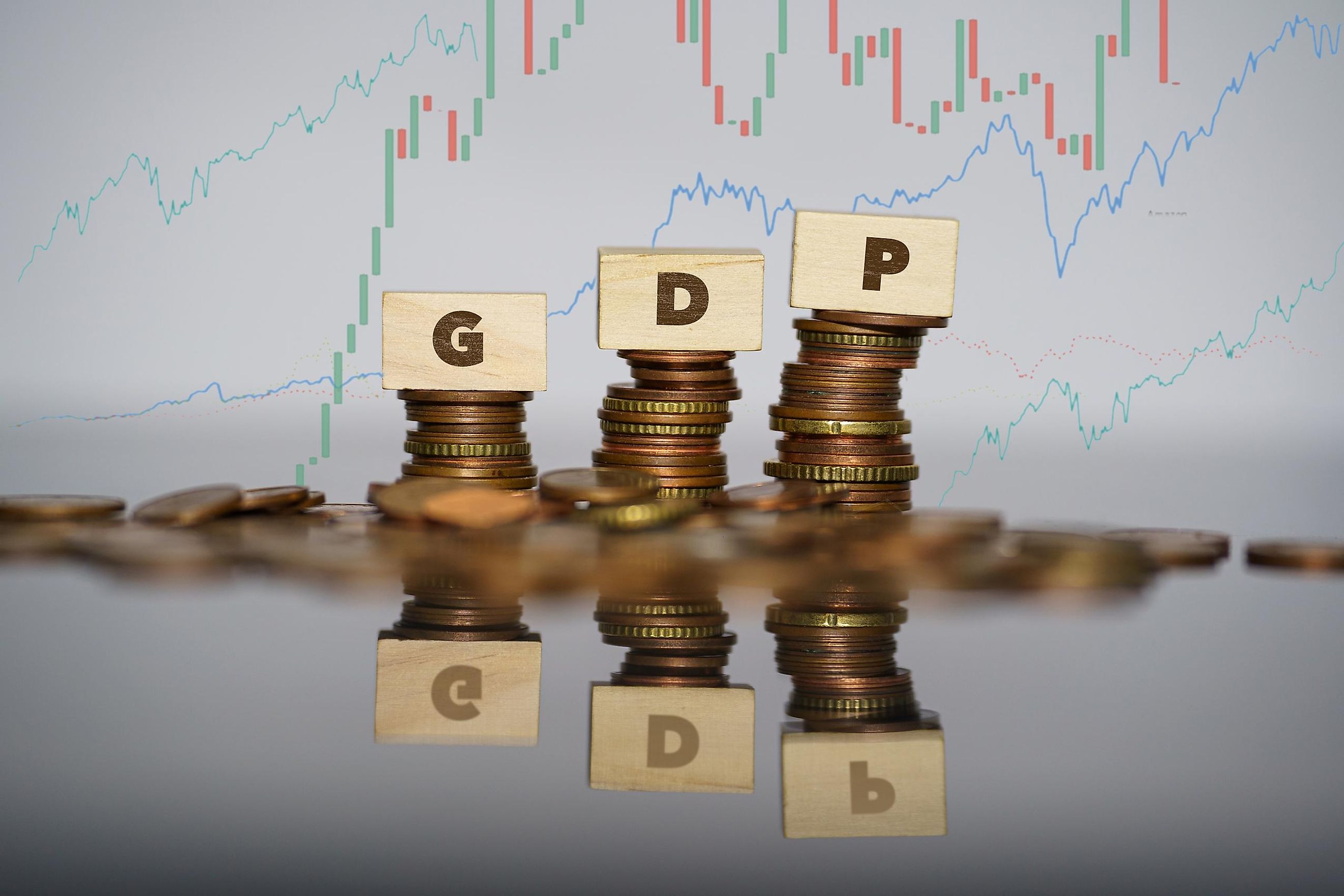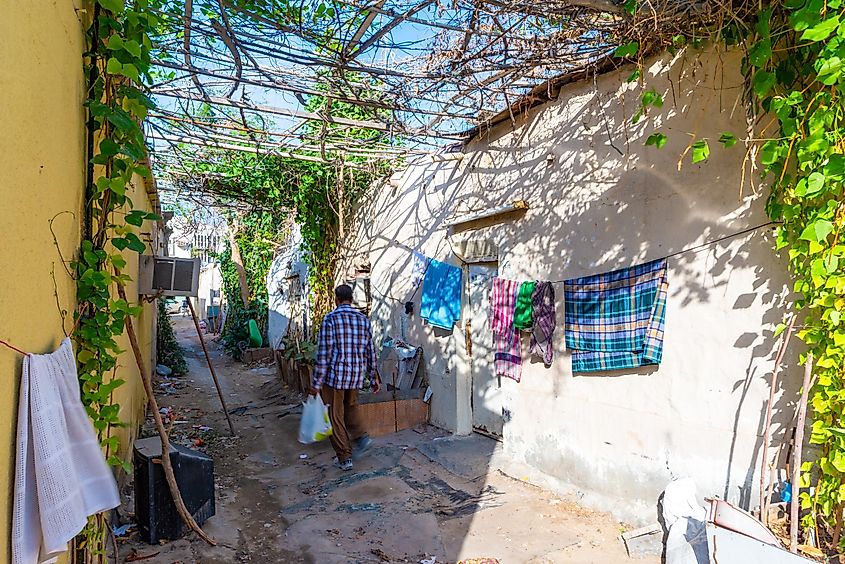
Gross Domestic Product (GDP)
Gross Domestic Product (GDP) is a paramount concept in economics, often used as a critical indicator of a country's economic health and standard of living. In essence, GDP signifies the combined worth of all products and services generated within a country's boundaries over a distinct time frame. The significance of GDP is twofold. Firstly, it serves as a measure of the overall size of an economy, providing a numeric scale to evaluate a nation's economic prowess. The GDP figure is often used for international comparisons, determining the relative economic strength of countries. Secondly, it provides an assessment of economic growth. If a country's GDP is increasing, the economy is in good shape, and vice versa.
Calculations And Variations
There are two main methods for calculating GDP: the income approach and the expenditure approach. The income approach sums the incomes earned by households, businesses, and the government in the form of wages, rents, interest, and profits. On the other hand, the expenditure approach adds up all the spending on final goods and services in an economy, divided into personal consumption, capital investment, government purchases, and the net of exports subtracted by imports. While both approaches should, in theory, result in the same GDP figure, discrepancies can occur due to statistical errors and omissions.
GDP per capita, another significant variation of GDP, takes the total GDP and divides it by the population of the country. It provides a per-person measure of economic output, which is useful for comparing the standard of living across different countries.
Limitations

However, while GDP is a powerful tool, it has notable limitations. GDP does not consider the quality of goods and services produced, focusing solely on quantity. This means improvements in quality or innovation are not reflected in GDP. It also does not account for negative externalities, such as environmental degradation, that might accompany economic production. For instance, a country might have a high GDP due to extensive deforestation, but the long-term environmental damage is not factored into the GDP figure.
Second, GDP does not count non-market transactions. For example, if a person cooks at home, it does not contribute to GDP. But if they eat at a restaurant, it does — despite the end result, a meal, being the same. This could potentially undervalue sectors like home-care or voluntary work, which contribute to societal well-being.
Lastly, GDP does not account for the distribution of wealth. A country may have a high GDP, but if the wealth is concentrated among a small percentage of the population, it does not signify a high standard of living for all. But remember, GDP is not designed to measure wealth distribution, rather, it measures economic output. Moreover, GDP overlooks the informal economy — transactions that are not reported to the government and thus not taxed (although statistics do attempt to account for them). This can lead to inaccuracies, particularly in economies where the informal sector is significant.
Comparing The GDP Of Norway And Qatar

Consider Norway and Qatar — two countries with high GDPs but disparate qualities of life. As of 2022, Qatar had one of the highest GDP per capita globally, primarily due to its vast natural gas reserves. However, its wealth is unevenly distributed, with a significant portion of the population being low-paid migrant workers living in substandard conditions. Despite the high GDP, many residents do not enjoy a high standard of living.
In contrast, Norway, with a substantial GDP primarily from oil, has a significantly higher standard of living. Wealth distribution is more equitable, and the government invests heavily in public goods such as healthcare, education, and social security. These factors contribute to a high quality of life for the majority of Norwegians. Norway also ranks highly on the Human Development Index, further indicating the high living standards.
Both of these examples underscore the importance of looking beyond GDP when evaluating a country's prosperity. While Qatar's GDP may suggest it is one of the world's wealthiest nations, the living standards of its population reveal a different story. Conversely, Norway, despite having a lower GDP per capita than Qatar, provides a higher standard of living for its citizens due to its focus on equitable wealth distribution and social welfare.
These disparities between GDP and quality of life highlight the necessity for a more nuanced understanding of a nation's economic health. Supplementary measures such as the Gini coefficient, which measures income inequality, or the Human Development Index, encompassing education, lifespan, and income, can provide a more comprehensive picture. Ultimately, GDP is an invaluable tool for understanding and comparing the economic performance of nations. However, it is not without flaws, and its limitations should be kept in mind while using it as an economic gauge.







